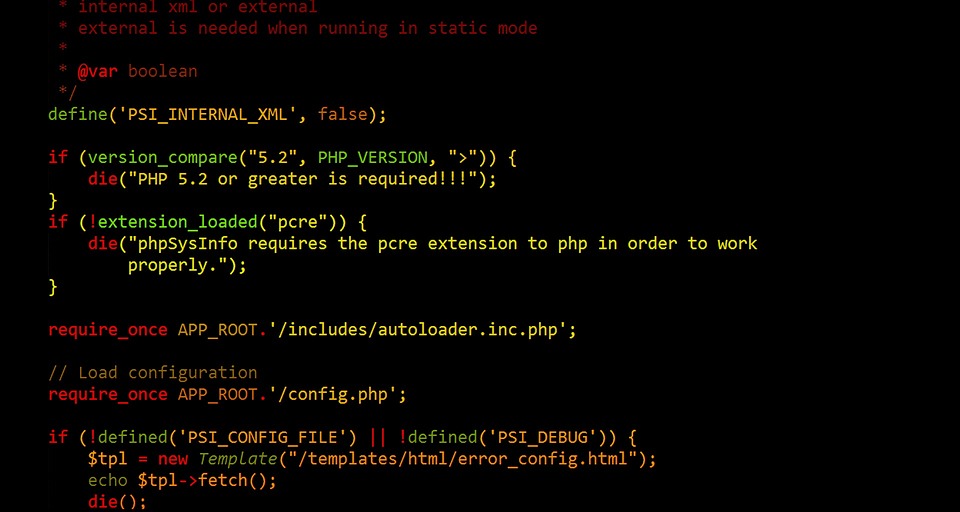Hello, curious minds! 😃👋 Are you ready to dive into the world of low-code automation? Let’s unravel the secrets together! 😉
Understanding Low-Code Automation
When I first stumbled upon the concept of low-code automation, it felt like a breath of fresh air. 🍃 For many, the realm of coding seems dense and inaccessible, but low-code platforms have truly transformed the landscape. They enable professionals with little to no technical background to create powerful applications by using intuitive graphical user interfaces.
Low-code automation refers to using these platforms to automate business processes, workflows, and services. It’s a boon for small businesses and enterprise teams alike, allowing for rapid development and deployment of solutions.🚀
As an expert in this field, I’ve seen firsthand the empowerment it provides professionals across industries. Curious to learn more? Check out Forrester’s insights on low-code development platforms to get a detailed analysis of the current market.
Getting Started with Low-Code Automation: Tips and Tricks
Embarking on your low-code journey might seem daunting, but I’m here to share some essential tips and tricks that have greatly helped my clients. 🛠️
Firstly, identify the process you want to automate; this could be data entry, customer service interactions, or routine tasks. Once you’re clear on the goal, explore various low-code platforms. Look for one that intuitively resonates with you – ease of use is key here. Platforms like OutSystems and Mendix are excellent starting points for beginners and seasoned pros alike.
Don’t hesitate to dive into the available tutorials and community forums associated with these platforms. Collaboration and continuous learning are the heartbeats of low-code development. And remember to start small; build a prototype, get feedback, and iterate. It’s all about creating a cycle of improvement! 🔄
Advanced Strategies for Low-Code Automation
Want to take your low-code adventure to new heights? 🌟 Implement these advanced strategies to enhance your skills.
Integrate your low-code solutions with existing systems to create a seamless ecosystem. Understand the importance of APIs and how they can extend your application’s capabilities. Platforms like Zapier are excellent for integrating different services without writing a single line of code.
Moreover, consider the scalability of the solutions you create. As your business or project grows, your application should be able to grow with it. Utilize analytic tools within your chosen platform to monitor performance and user engagement, ensuring your application remains robust and responsive. 📊
Join the Gibni.com Community
If you’re enjoying this journey and want to keep up with the latest insights and exclusive content on low-code automation, I’ve got a special invitation for you. 💌
Become part of our innovative community at Gibni.com. By subscribing to our newsletter, you’ll gain access to a treasure trove of resources, tutorials, and industry news curated just for you! Don’t miss out – join the Gibni.com family today. 🌐👨👩👧👦
And if you ever feel stuck or in need of guidance, our community is here to support you every step of the way. With our collective expertise and passion, there’s no limit to what we can create together. Let’s innovate and reach new milestones with low-code automation! 💡
FAQs on Low-Code Automation
What is low-code automation and can anyone use it?
Low-code automation utilizes platforms that require minimal coding to automate processes and create applications. It’s user-friendly and accessible, making it an ideal tool for business professionals, entrepreneurs, and non-developers.
How does low-code help non-developers?
Low-code platforms offer intuitive, visual development environments that empower non-developers to build applications fast. They lower the barrier to entry in the tech world and democratize the creation of digital solutions.
Are low-code platforms secure?
Yes, they are. These platforms come with built-in security features and comply with industry-standard practices. However, always perform due diligence and choose platforms with robust security credentials.
How do I choose the right low-code platform?
Consider the complexity of the application you wish to build, your budget, and the specific features you require. Research and compare different platforms, and if possible, utilize free trials to find your best match.
Can low-code automation integrate with existing systems?
Absolutely! Low-code platforms often provide built-in connectors or APIs that help you seamlessly connect and automate workflows with your existing systems.
Conclusion
Embarking on the path of low-code automation is a brilliant adventure filled with opportunities for innovation, regardless of your coding expertise. 💡🚀
The tips and tricks shared here should give you a headstart in harnessing the power of low-code solutions. Just start with the basics, and you’ll be automating complex workflows in no time. And always remember, the community at Gibni.com is always here to help you skyrocket your low-code journey. 😊
Stay curious, stay creative, and let’s transform the world, one low-code application at a time! 🌍💼👋

Keywords and related intents:
**Keywords:**
1. Low-code automation
2. Non-developers
3. Business process automation
4. Workflow automation
5. Rapid development
6. Graphical user interfaces
7. API integration
8. Low-code platforms
9. Forrester low-code report
10. Low-code community
**Search Intents:**
1. What is low-code automation
2. Benefits of low-code platforms for non-developers
3. How to automate business processes with low-code
4. Best low-code development platforms
5. Low-code automation for small businesses
6. Advanced low-code automation strategies
7. How to integrate APIs in low-code platforms
8. Security features of low-code software
9. Comparing OutSystems vs Mendix for low-code beginners
10. Joining the Gibni.com low-code community
#low-code automation
#LowCode #Automation #NonDevelopers #Tips #Tricks





